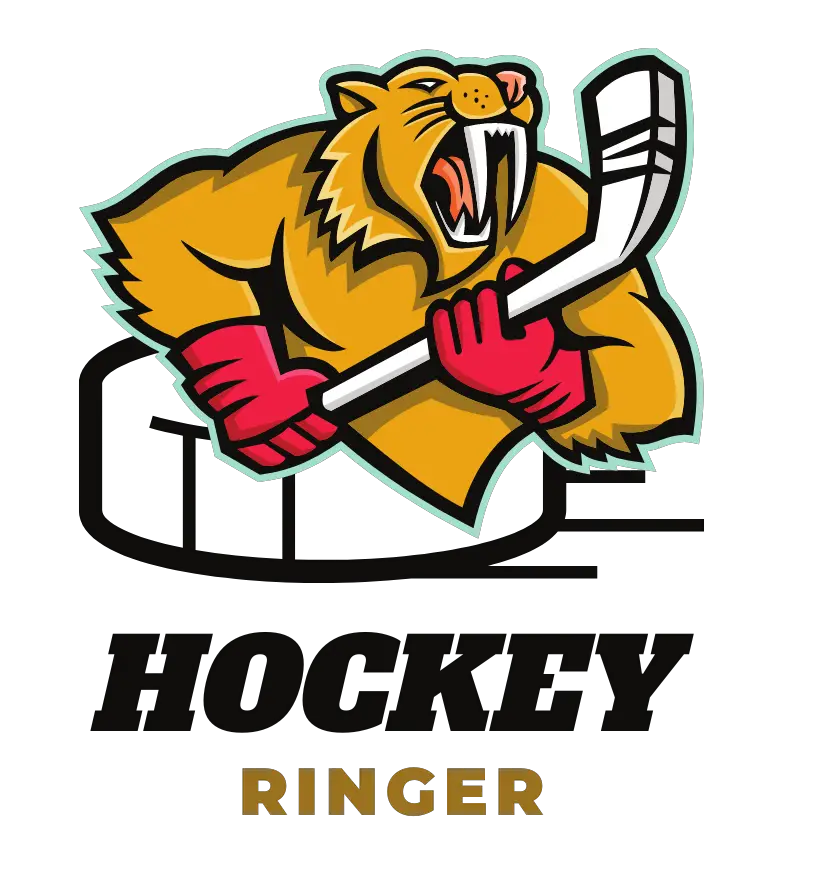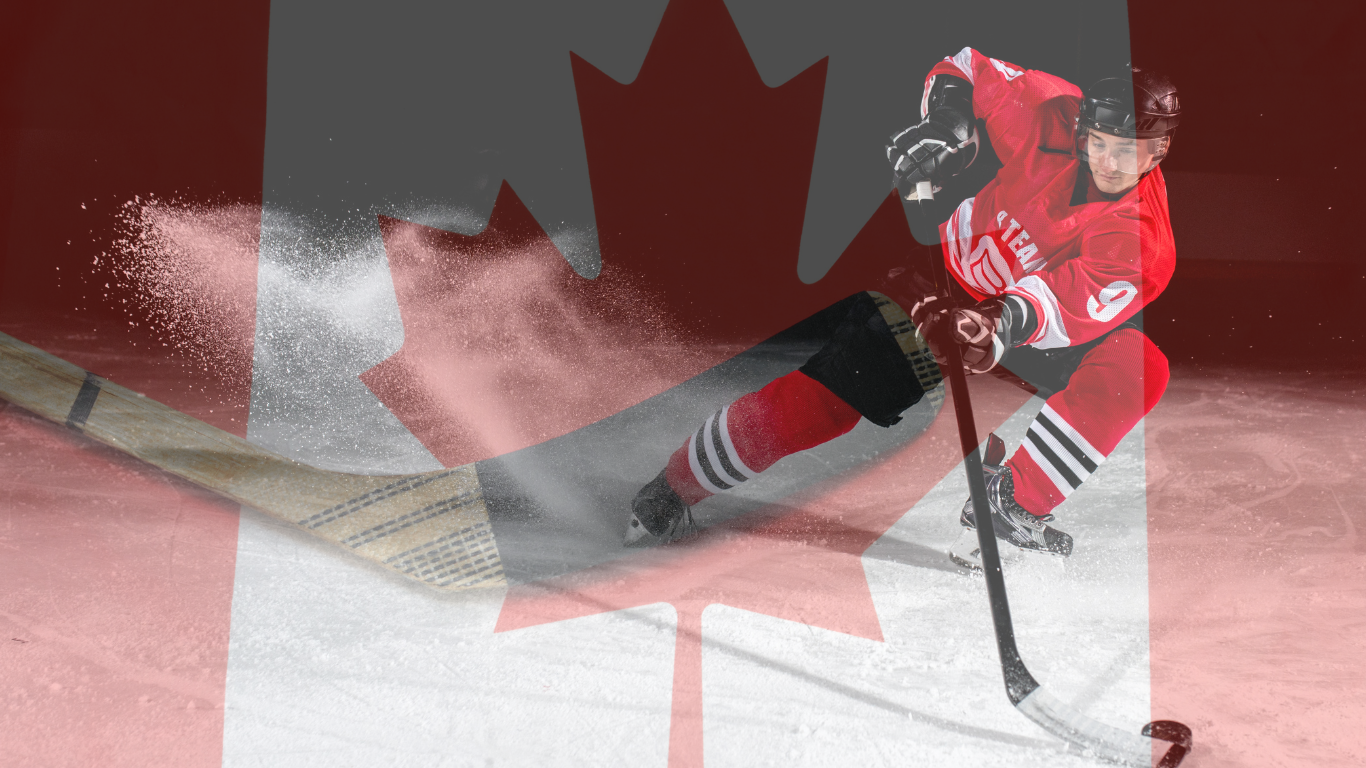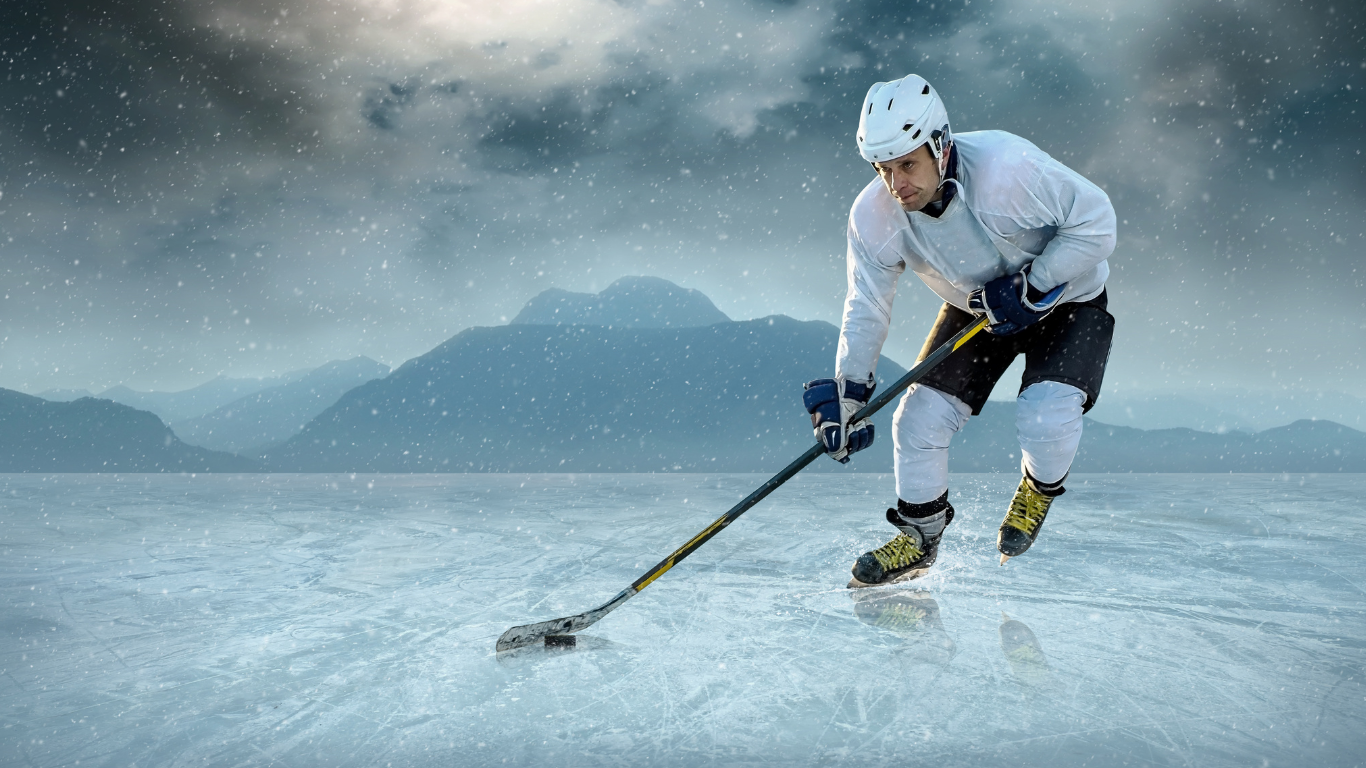If you go to an NHL game, there’s a chance that you’ll see two players drop their gloves and start fighting. Hockey is one of the only sports in the world that allows fighting as part of the game. Why does the NHL allow fighting in hockey?
The NHL allows fighting in hockey because it adds an interesting additional element to the game. It’s a way to swing the momentum of the game without scoring a goal or to keep players who make dirty plays in check.
In this article, we will take a deeper look at why fighting is allowed in hockey, the pros, and cons of fighting,
What are the Pros of Fighting in Hockey?

There are both pros and cons to allowing fighting in hockey. The pros of allowing fighting in hockey include:
- Accountability – If someone takes a “cheap shot” or does something that isn’t technically against the rules but is still considered unsportsmanlike, the opposing team can hold them accountable for their actions.
- Entertainment – Fights are fun to watch! If someone goes to a hockey game where a fight happened, they usually talk about the fight before they talk about anything else.
- Tradition – Fighting has been part of hockey pretty much since the invention of the game. Taking it away would drastically change the game.
- Game Changer – Fighting is used as a tool by some teams to swing momentum. It’s an important tactic that is used by losing teams.
As you can see fighting is an integral part of hockey that adds entertainment value.
What are the Cons of Fighting in Hockey?
While fighting is fun to watch and can be used as an effective tool, there are also several downsides to allowing fighting in hockey. Some cons of fighting in hockey include:
- Injuries – Fighting can lead to a lot of injuries. There’s a reason you don’t see superstars drop their gloves too often. An injury from a fight could ruin someone’s career.
- Setting a bad example – Fighting isn’t allowed in youth hockey. However, young players who watch the NHL learn to imitate their favorite players. Therefore, fighting in the pros could be setting a bad example for youth players.
- Glorifying violence – After a fight ends the entire crowd cheers and the two fighters are applauded as heroes. While consensual fighting in the NHL is fun to watch, there is an argument that it glorifies violence and sends across the wrong message.
It’s important to make sure that the pros of fighting in hockey outweigh the cons. The NHL is constantly monitoring the rules and how players feel about fighting to ensure that there is a good balance maintained.
Do You Get a Penalty for Fighting in Hockey?
It’s important to note that fighting in hockey isn’t technically allowed in hockey. There’s a whole slew of rules surrounding policing fighting in the game. If you are looking for the official NHL language check out Rule 56.
The main difference between fighting in hockey and other sports is that you don’t just automatically get ejected from the game for fighting. The penalty for fighting depends on how the fight started and what happened during the fight.
When Do You Get a 2 Minute Penalty for Fighting?
This rule isn’t actually under Rule 56, but you will see two players get a 2-minute penalty sometimes when they fight. This occurs when the “fight” is considered roughing instead of fighting.
If both players leave their gloves on, then it’s considered roughing instead of fighting. Roughing is a 2-minute minor penalty.
Sometimes you’ll see two players throw a few punches with their gloves on and not get a penalty at all. As long as it doesn’t escalate or cause a stoppage in play, the refs will usually let it go.
When Do You Get a 5 Minute Penalty for Fighting?
The most common penalty for fighting in hockey is a 5-minute major. This occurs when two players willingly enter a fight. They both drop their gloves at about the same time and start hitting each other around the same time as well.
This is considered a “clean” fight and it’s what the NHL is okay with. The penalty is significant enough that the players have to consider it before fighting, but both teams are penalized equally and there are no real major consequences.
When is the Penalty for Fighting More Severe?
The NHL views “clean” fights as a good thing for the sport of hockey. That’s why the penalty for clean fights isn’t too severe. However, they want to discourage fights that could injure someone or be detrimental to the game itself.
The NHL has created rules around stopping these types of fights by creating severe penalties for those players deemed the instigator or the aggressor.
When is a Player Penalized for Being an Instigator?
The instigator is the player who has been deemed to start a fight. The NHL doesn’t want fights to occur without both players wanting to fight and being prepared to fight.
The NHL defines an instigator using the following guidelines:
- Distance traveled – when a player skates a long distance without allowing the other player to approach them as well.
- First to drop gloves – when a player throws off their gloves without waiting to see if the other player wants to fight.
- Throwing a punch before the other player can get ready.
- Verbal instigation or threats
- Conduct in retaliation to something that occurred in a previous game
- Obvious retribution for something that happened earlier in the game.
A player who is considered to be given an instigator is given a 2-minute minor penalty, 5-minute major penalty, and 10-minute misconduct penalty. That’s 17 minutes of penalties in total.
When is a Player Penalized for Being an Aggressor?
A player is considered an aggressor when they throw punches at another player who does not want to fight or who is not in the position to fight.
Most commonly this occurs when a player continues throwing punches after the fight is clearly over. However, it also can occur when a “bruiser” tries to throw punches at a skilled player.
The penalty for being an aggressor is a 5-minute major penalty and a game misconduct penalty. This means that the aggressor is not allowed to return for the rest of the game.
What is the Penalty for Starting a Second Fight?
The NHL does not want multiple fights to occur at the same time. This creates chaos and is hard for the refs to control.
Therefore, the penalty for starting a second fight after the first fight has started is an automatic game misconduct. This means that you’ll be thrown out of the game immediately.
When Will Fighting Result in a Suspension?
There are certain situations where fighting can land you a suspension. If someone gets an instigator penalty in the last five minutes of the game or overtime, then they are usually suspended for at least one game.
The idea behind the suspension is to stop players from fighting when they have no chance of winning the game.
Additionally, if one player gets multiple instigator penalties throughout the course of the NHL season then they typically get suspended for several games.
Why do Hockey Players Drop Their Gloves Before Fighting?
It may seem weird that players drop their gloves prior to fighting; however, there is actually solid reasoning behind it. The NHL actually requires players to drop their gloves before fighting. It’s a way for players to signal that they want to and are okay with fighting.
Additionally, hockey gloves have pieces of plastic in them. Therefore, removing your gloves helps prevent cuts and injuries from the equipment.
Why Do Refs Wait to Break Up Fights?
If fighting is technically against the rules, why do hockey refs wait until the fight is over to break it up?
The refs don’t immediately step in to protect both the safety of the refs and the players. If the ref jumps in the middle of a fight, then they may get struck by a wayward punch. Likewise, if a ref gets hold of one player and not the other, the player is restricted could get hurt.
Aside from safety reasons, the NHL doesn’t want refs to break up fights. It’s part of the game and increases the entertainment value.
Has Fighting Always Been a Part of Hockey?
Fighting has been a part of the sport ever since its inception. While the rules and penalties surrounding fighting have changed, players have always found a way to incorporate them into the game.
The number of fights in games has declined significantly. There is on average about 1 fight per every 3 hockey games in today’s NHL. This is a significant drop from a little more than 1 fight per 2 games just ten years ago.
As a result, teams have moved away from having a designated enforcer, a player whose sole purpose was to fight on the star player’s behalf. Instead, a combination of physical strength and technical skill is now required for today’s fighters in the NHL.




